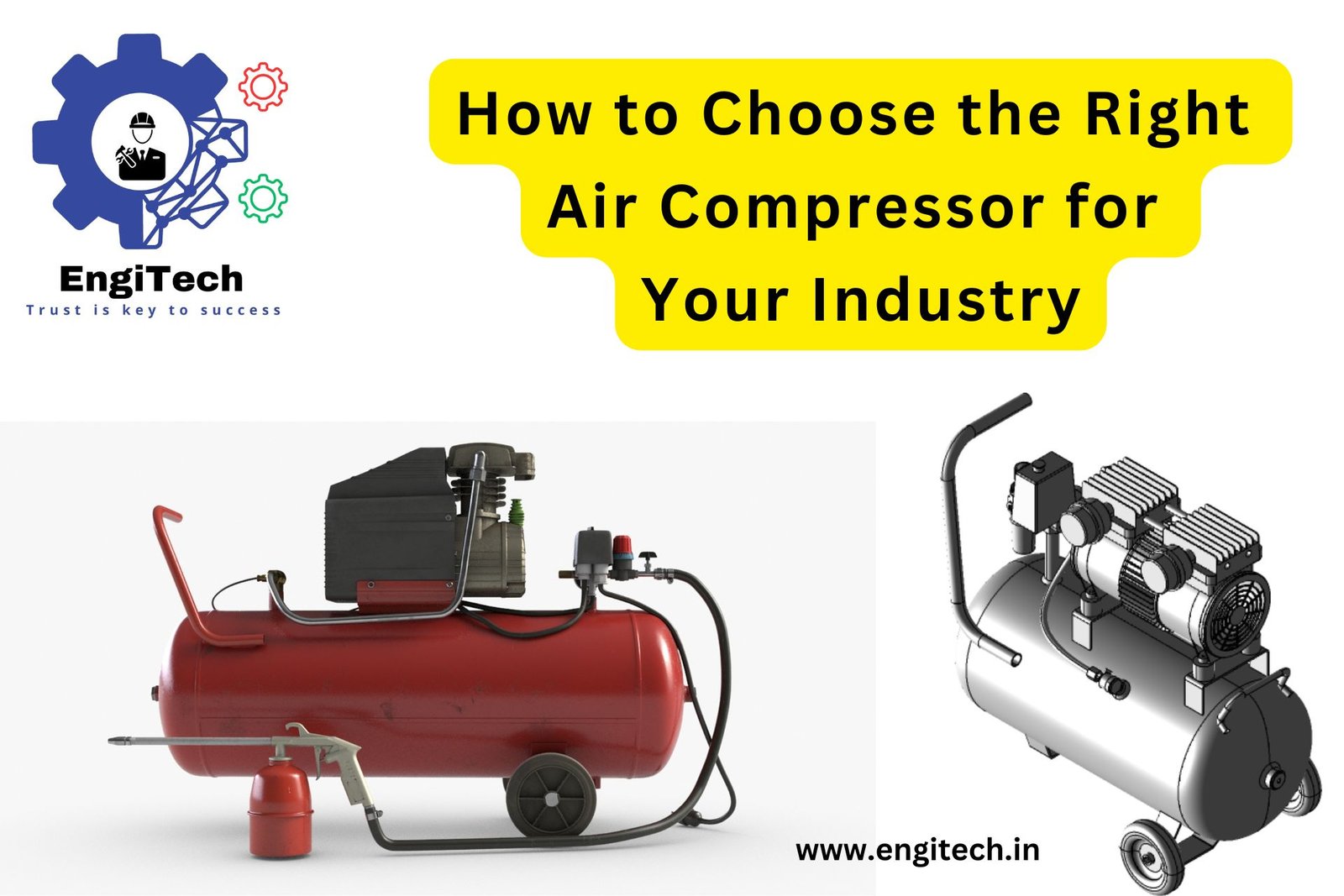Electrostatic Filters: A Comprehensive Guide for Enhanced Air Quality

In the quest for cleaner air and more efficient filtration systems, electrostatic filters have emerged as a vital solution. These filters leverage the principles of electrostatics to trap airborne particles, offering superior performance compared to traditional filtration methods.
This blog post provides an in-depth exploration of electrostatic filters, covering their working principles, benefits, types, applications, and maintenance tips. Whether you’re an industry professional, a student, or someone seeking to enhance air quality in your environment, this guide will equip you with the knowledge you need.
Table of Contents
What Are Electrostatic Filters?
Electrostatic filters are specialized air filters designed to remove particulate matter from the air using electrostatic charges. Unlike conventional filters that rely on mechanical means to trap particles, electrostatic filters use static electricity to attract and capture dust, pollen, smoke, and other airborne pollutants.
These filters are typically used in various settings, including residential homes, commercial buildings, and industrial environments. Their effectiveness in capturing a wide range of particle sizes makes them a preferred choice for improving indoor air quality.
How Do Electrostatic Filters Work?
The fundamental principle behind electrostatic filters is the use of electrostatic charges to attract and capture particles. Here’s a step-by-step breakdown of how these filters operate:
- Air Flow: Air containing airborne particles is drawn into the filter.
- Ionization: Inside the filter, an ionizing section emits charged ions. These ions impart a static charge to the particles in the air.
- Collection: The charged particles then move toward a collection plate or grid that is oppositely charged. The electrostatic attraction between the charged particles and the collection plate traps the particles effectively.
- Clean Air: The purified air, free of the captured particles, is then expelled back into the environment.
This process ensures that even the smallest particles are effectively removed from the air, leading to cleaner and healthier indoor air.
Types of Electrostatic Filters
Electrostatic filters come in various designs and configurations, each tailored to specific applications and needs. The two main types are:
Flat-Plate Electrostatic Filters
Flat-plate electrostatic filters consist of a series of flat, parallel plates with an electrostatic charge. Air flows between these plates, and the charged particles are attracted to and captured by the plates. These filters are commonly used in residential HVAC systems and smaller commercial applications.
Cell-Type Electrostatic Filters
Cell-type electrostatic filters, also known as electrostatic precipitators, are more advanced and consist of multiple cells or compartments. These filters can handle larger volumes of air and are used in industrial settings and large commercial buildings. They offer higher efficiency and greater capacity compared to flat-plate filters.
Advantages of Electrostatic Filters
Electrostatic filters offer several benefits over traditional filters, including:
- High Efficiency: Electrostatic filters can capture particles as small as 0.1 microns, including dust, pollen, smoke, and even some bacteria and viruses.
- Low Resistance: These filters provide lower airflow resistance compared to mechanical filters, leading to more efficient operation of HVAC systems.
- Reusable: Many electrostatic filters are washable and reusable, reducing the need for frequent replacements and lowering long-term costs.
- Environmentally Friendly: By reducing the frequency of filter replacements, electrostatic filters contribute to waste reduction and environmental sustainability.
Applications of Electrostatic Filters
Electrostatic filters are versatile and can be used in various applications, including:
- Residential HVAC Systems: To improve indoor air quality and reduce allergens.
- Commercial Buildings: For enhanced air filtration in office buildings, schools, and healthcare facilities.
- Industrial Environments: To capture particulate matter from manufacturing processes and ensure cleaner air.
- Electronics: In computer and server rooms to prevent dust accumulation and ensure optimal performance.
Maintenance and Care
Proper maintenance is crucial for ensuring the continued performance of electrostatic filters. Follow these guidelines to keep your filters in top condition:
- Regular Cleaning: Wash or clean the filter according to the manufacturer’s instructions. This typically involves removing the filter, rinsing it with water, and allowing it to dry completely before reinserting it.
- Inspection: Regularly inspect the filter for any signs of damage or wear. Replace any damaged filters to maintain optimal performance.
- System Check: Ensure that the HVAC system is functioning correctly and that there are no issues that could affect the filter’s performance.
Common Issues and Troubleshooting
Despite their efficiency, electrostatic filters may encounter some issues. Here are common problems and their solutions:
- Reduced Airflow: If you notice reduced airflow, it may be due to a clogged or dirty filter. Clean the filter and check for any blockages in the system.
- Increased Noise: Unusual noise from the filter could indicate an issue with the ionizing section or an imbalance in the filter. Inspect and address any mechanical issues as needed.
- Inconsistent Performance: If the filter is not performing as expected, ensure it is properly installed and that the electrostatic charge is functioning correctly. Consult the manufacturer if necessary.
FAQs About Electrostatic Filters
1. What is an electrostatic filter?
An electrostatic filter is a type of air filter that uses electrostatic charges to attract and capture airborne particles, such as dust, pollen, and smoke. Unlike traditional filters that rely on mechanical means, electrostatic filters use static electricity to enhance particle capture efficiency.
2. How do electrostatic filters work?
Electrostatic filters work by using ionization to charge particles in the air. These charged particles are then attracted to and captured by a collection plate or grid that has an opposite charge. This process effectively removes particles from the air, improving indoor air quality.
3. What are the benefits of using electrostatic filters?
The benefits of electrostatic filters include:
- High Efficiency: Captures particles as small as 0.1 microns, including allergens and pollutants.
- Low Airflow Resistance: Allows for better airflow and less strain on HVAC systems.
- Reusable: Many are washable and reusable, reducing long-term costs.
- Environmentally Friendly: Reduces the frequency of filter replacements, lowering waste.
4. What are the different types of electrostatic filters?
The main types of electrostatic filters are:
- Flat-Plate Electrostatic Filters: Consist of flat, parallel plates with an electrostatic charge, used in residential and smaller commercial applications.
- Cell-Type Electrostatic Filters: Also known as electrostatic precipitators, these are used in industrial settings and larger commercial buildings and consist of multiple cells or compartments.
5. How often should electrostatic filters be cleaned or replaced?
Electrostatic filters should be cleaned regularly to maintain their efficiency. This typically involves washing the filter and allowing it to dry before reinserting it. The frequency of cleaning depends on the level of airborne particles and the manufacturer’s recommendations, but it is generally recommended every 1-3 months.
6. Can electrostatic filters remove bacteria and viruses?
Yes, electrostatic filters can capture some bacteria and viruses due to their high-efficiency particle removal capabilities. However, they are not designed specifically to eliminate pathogens. For critical applications, additional air purification technologies may be required.
7. How do I install an electrostatic filter?
Installation of an electrostatic filter generally involves placing it into the HVAC system’s filter compartment. Follow the manufacturer’s instructions for proper installation, ensuring the filter fits securely and is oriented correctly for optimal performance.
8. Are electrostatic filters noisy?
Electrostatic filters are typically designed to operate quietly. However, some models, especially older or improperly installed ones, might produce noise. If you experience unusual noise, check for mechanical issues or consult the manufacturer.
9. What maintenance is required for electrostatic filters?
Maintenance involves regular cleaning of the filter to remove dust and debris. Ensure the filter is completely dry before reinstallation. Periodic inspection for damage or wear is also recommended, and replace the filter if it shows signs of significant wear.
10. How do electrostatic filters compare to HEPA filters?
Electrostatic filters and HEPA filters serve different purposes. While HEPA filters are designed to capture 99.97% of particles as small as 0.3 microns, electrostatic filters use electrostatic charges to attract particles. Electrostatic filters can be less expensive and reusable, but HEPA filters offer higher particle removal efficiency. The choice depends on your specific air quality needs.
11. Can electrostatic filters be used in all HVAC systems?
Most HVAC systems can accommodate electrostatic filters, but it is important to check the system specifications and filter dimensions to ensure compatibility. Consult with a professional if you are unsure whether an electrostatic filter is suitable for your system.
12. Are electrostatic filters effective in reducing allergens?
Yes, electrostatic filters are effective at capturing common allergens such as dust, pollen, and pet dander. Their ability to remove fine particles makes them a good choice for improving indoor air quality for allergy sufferers.
13. Do electrostatic filters require special maintenance?
Electrostatic filters require periodic cleaning, as opposed to traditional filters that need to be replaced. Regular maintenance involves washing the filter according to the manufacturer’s instructions and ensuring it is free from damage.
14. Can I use an electrostatic filter in a home with pets?
Yes, electrostatic filters are effective at capturing pet dander and other airborne particles. Regular cleaning of the filter will help maintain its performance in a pet-friendly environment.
15. What is the lifespan of an electrostatic filter?
The lifespan of an electrostatic filter depends on factors such as the environment, the level of airborne particles, and maintenance practices. Typically, with proper cleaning and care, electrostatic filters can last several years.
These FAQs cover a broad range of common questions about electrostatic filters, providing valuable information to help users make informed decisions and maintain their filtration systems effectively.
Conclusion
Electrostatic filters represent a significant advancement in air filtration technology. Their ability to efficiently capture a wide range of airborne particles makes them a valuable asset in improving indoor air quality across various applications. By understanding how these filters work, their benefits, and how to maintain them, you can make informed decisions to enhance air quality and create a healthier environment.
For more insights into air filtration technologies and other engineering solutions, explore EngiTech, where we provide comprehensive resources and updates on the latest innovations in industrial and environmental technologies.


